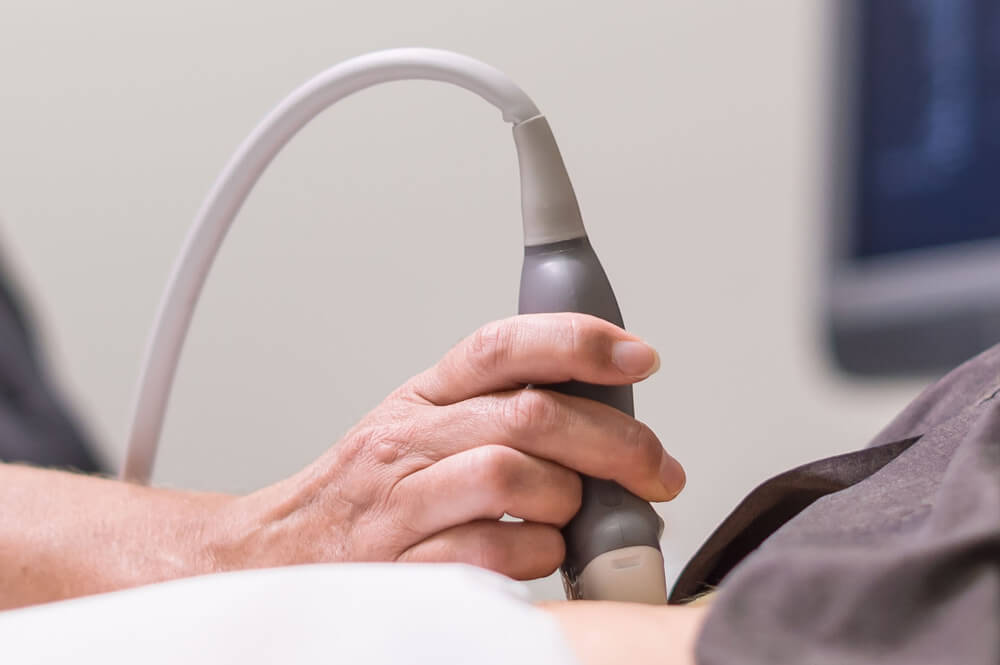
Understanding Testicular Torsion: Causes, Symptoms, Diagnosis, and Treatment
Testicular torsion is a urological emergency that occurs when the spermatic cord, which supplies blood to the testicle, becomes twisted, cutting off the blood flow. This condition requires prompt medical attention to prevent permanent damage to the testicle. In this guide, we’ll explore the causes, symptoms, diagnosis, and treatment options for testicular torsion, highlighting the importance of early recognition and intervention.
Causes of Testicular Torsion:
- Testicular torsion often occurs spontaneously and may be associated with anatomical factors such as a high attachment of the testicle within the scrotum (bell clapper deformity). Other potential causes include trauma to the scrotum or vigorous physical activity.
Symptoms of Testicular Torsion:
- Sudden and Severe Testicular Pain: Testicular torsion typically presents with sudden and severe pain in the affected testicle. The pain may be constant or intermittent and may radiate to the lower abdomen or groin.
- Swelling and Tenderness: The affected testicle may appear swollen, tender to the touch, and may feel firm or hard.
- Abdominal Pain: Some men may experience accompanying abdominal pain, nausea, or vomiting.
Diagnosis of Testicular Torsion:
- Physical Examination: Your healthcare provider will perform a physical examination, including a careful examination of the scrotum and testicles. The “bell clapper” deformity, in which the affected testicle is positioned horizontally within the scrotum, may be observed.
- Ultrasound Imaging: Ultrasound imaging may be performed to assess blood flow to the testicles and confirm the diagnosis of testicular torsion. Doppler ultrasound can detect decreased or absent blood flow to the affected testicle, supporting the diagnosis.
Treatment Options for Testicular Torsion:
- Emergency Surgery (Orchiopexy): The primary treatment for testicular torsion is emergency surgery, known as orchiopexy or detorsion. During surgery, the twisted spermatic cord is untwisted (detorsion), and the testicle is surgically fixed in place within the scrotum (orchiopexy) to prevent recurrence.
- Timeliness: Prompt surgical intervention is crucial to restore blood flow to the testicle and prevent permanent damage. Delays in treatment can result in testicular ischemia (lack of blood flow), which may lead to testicular infarction (tissue death) and loss of the testicle.
Conclusion:
Testicular torsion is a urological emergency that requires immediate medical attention to prevent irreversible damage to the testicle. Men experiencing sudden and severe testicular pain should seek prompt evaluation by a healthcare provider.
To book online select the date and time that suits you best – alternatively, please contact us with any questions via the chat, call or email links provided.
Telephone: 020 7101 3377

